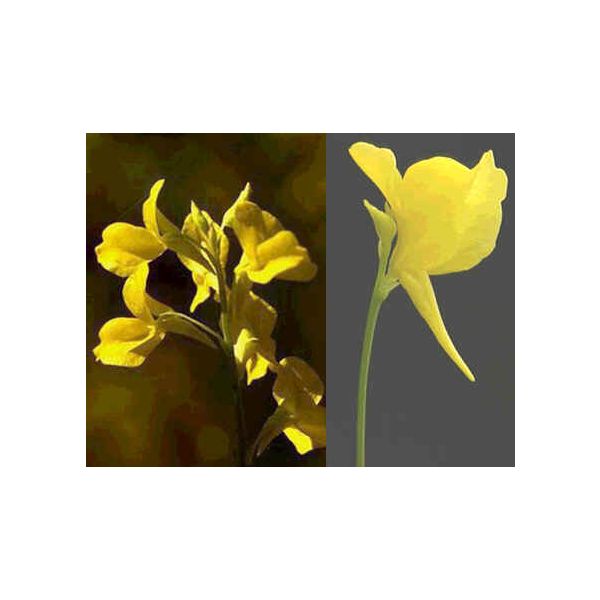Utricularia Odorata Seeds (Utricularia Seeds)
Utricularia Odorata Seeds (Utricularia Seeds)
The flowers are yellow with palate bearing fine black lines. True to its name, the flower of Utricularia odorata has a pleasant aroma.
Availability: Out of stock
SKU
Utricularia Odorata
Utricularia odorata is a terrestrial tropical plant. It grows in wet grassland in Southeast Asia and Northern Australia. It will begin to grow and flower as the wet season progresses.
The flowers are yellow with palate bearing fine black lines. True to its name, the flower of Utricularia odorata has a pleasant aroma. It is also one of the longest lasting flowers. A single scape last for several months.
The bladder-trap is unique to the Utricularia, giving them their nickname of Bladderwort. Utricularia has no true root system. They form creeping or floating, thin, hair-like stems that extended away from the main body of the plant. The bladder-traps are held on these stems. The traps are underground and are too small to hand feed. So, it has to catch it's own microscopic prey. Thin, filament-like hairs protrude from the trap door. These serve as guides to send the prey toward the door. These plants use low pressure inside the chamber vs. high pressure outside. When a bug activates the hairs, the door opens quickly, forcing the victim into the low-pressure digestion area. The water is pumped out and the mulcilage seal is re-established. The plant now secrets digestive juices to break down the captured prey and absorb the mineral rich fluid. Trapping usually occurs within 1/50 of a second. It is believed that glands found around the closed entry may also secrete an attractant that may aid in luring prey.
Hardiness zone 11, (4øC/40øF) in Winter. Utricularia odorata favour sunny locations in permanently wet open ground. The infertile soil is a perfect medium for them to grow. The sand is almost completely depauperate of any nutrients, giving them ideal conditions to grow. In captivity, they grow well in pure sphagnum moss as well as in a standard 1:1 peat moss/sand mix. Like other carnivorous plants, they do require pure water and can be killed by fertilizer in the soil. In nature, water levels are usually near or even a little above the soil surface. Utricularia prefer frequent overhead watering, at least once a day in Summer, and once every few days in Winter.
| Label | Utricularia odorata |
|---|---|
| Common name | Bladderwort |
| Genus | Utricularia |
| Species | Utricularia odorata |
| Germination | The seeds are really tiny. Sow the seeds directly on the surface of your moist but not soaked soil mix. Do not cover them with any medium. Cover the top of the pot with clear plastic so the humidity will remain high, place them in an area with real nice strong light and keep the temperature around 25øC / 76øF. When you see some tiny plants starting to sprout, slowly open the top of the pot, a little each day, so that the new seedlings don't go into shock from the humidity being lowered too quickly. Germination usually occurs in a few weeks, but it can take longer, don't give up. Make sure that it gets good air circulation. |
| Price View | Price Range |

